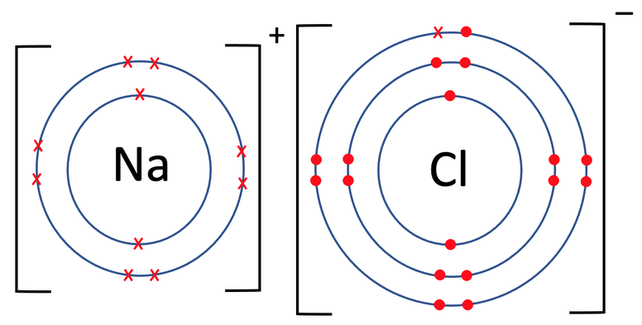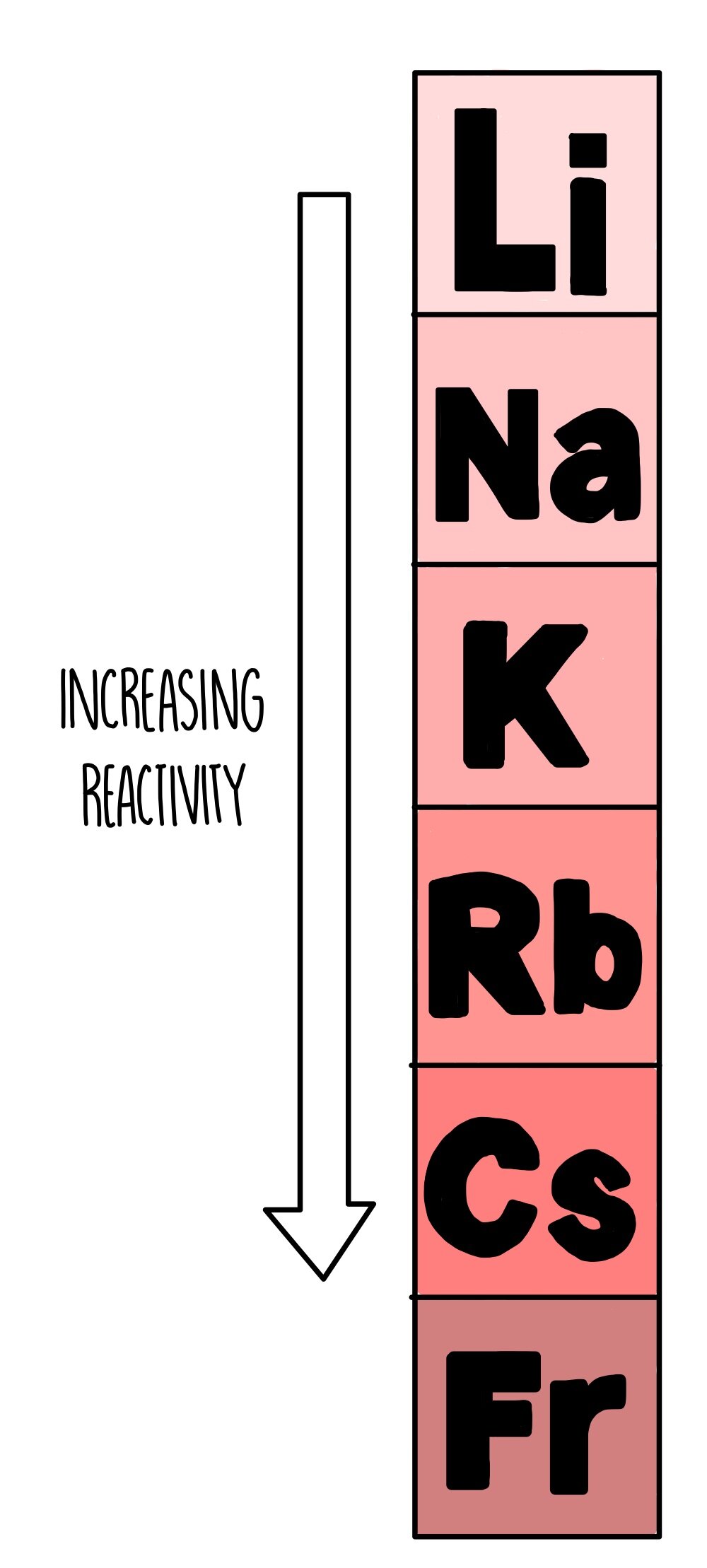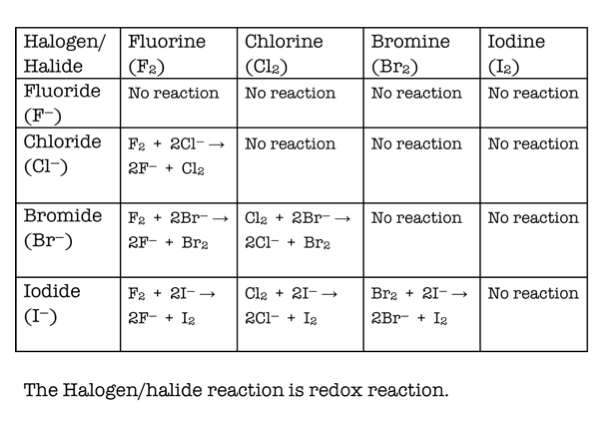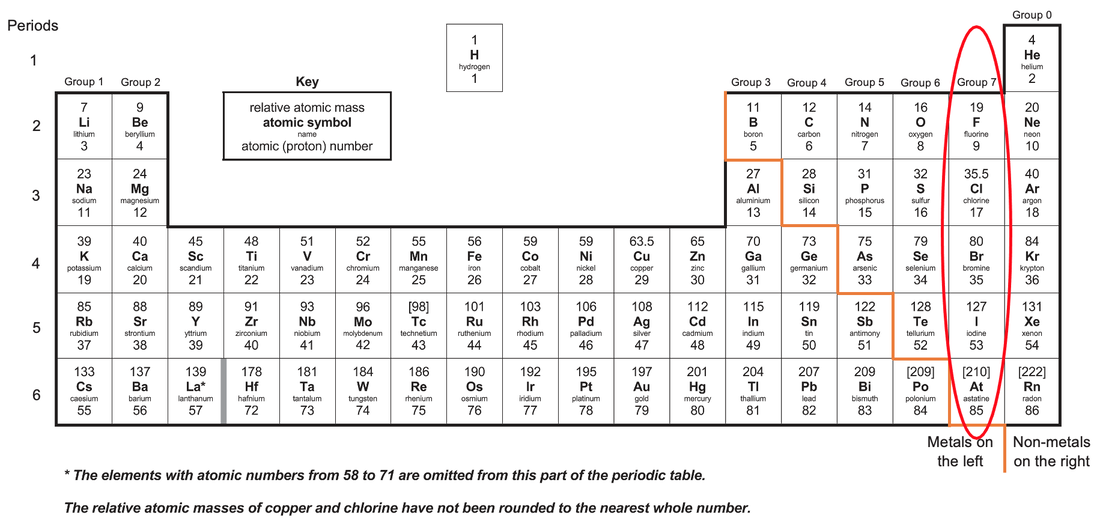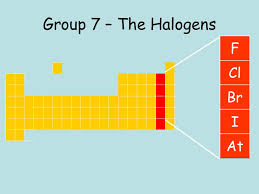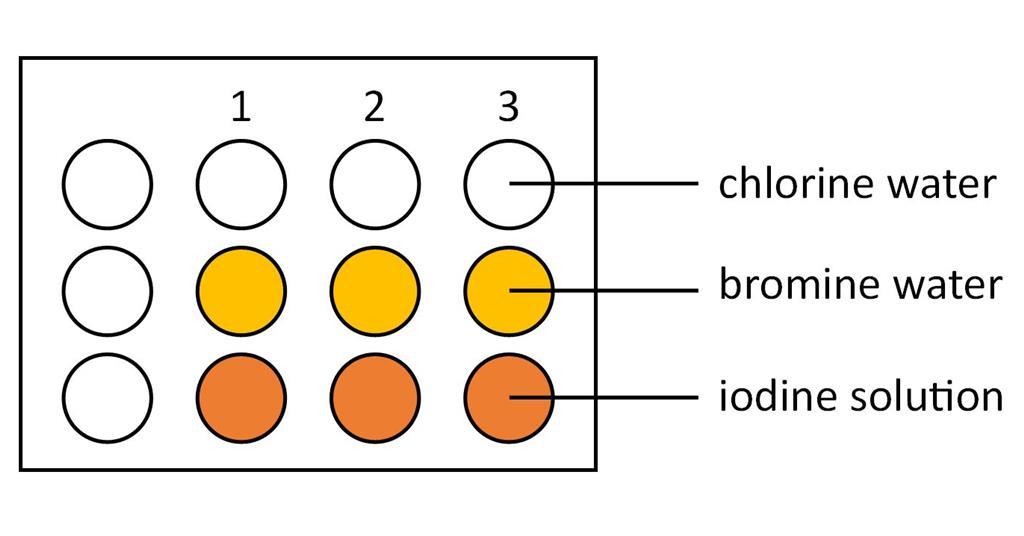
Group 7: Reactivity & Electronic Configurations (2.2.2) | Edexcel IGCSE Chemistry Revision Notes 2019 | Save My Exams

Question Video: Determining How the Atomic Radius and Reactivity of the Halogens Change with Increasing Atomic Number | Nagwa
IGCSE Chemistry 2017: 2.8C: Explain the Trend in Reactivity in Group 7 in Terms of Electronic Configurations

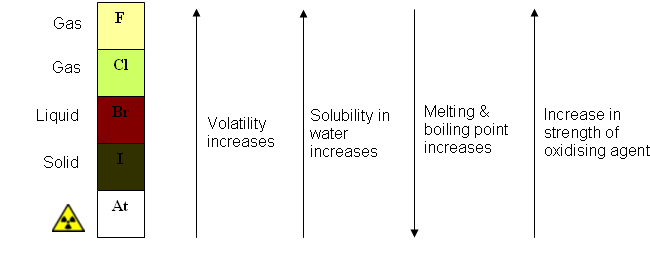
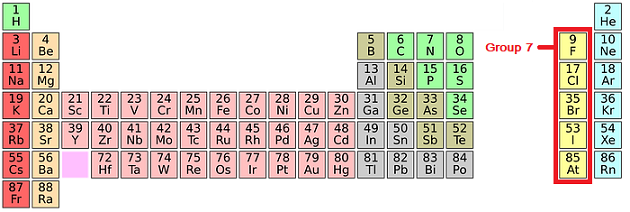




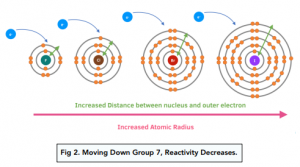
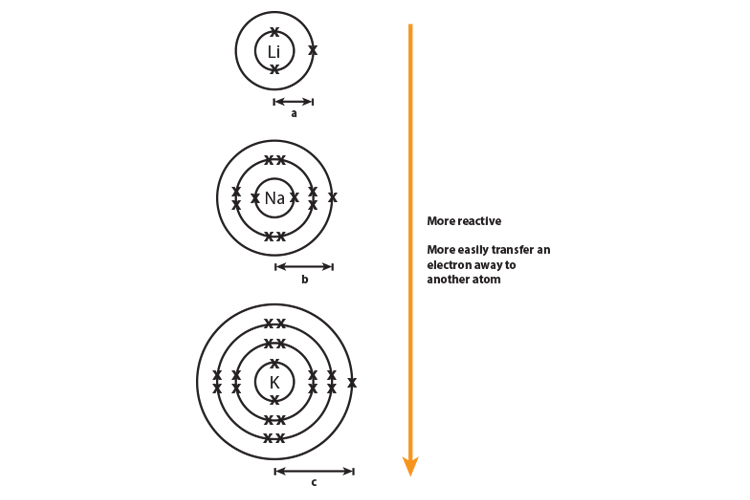


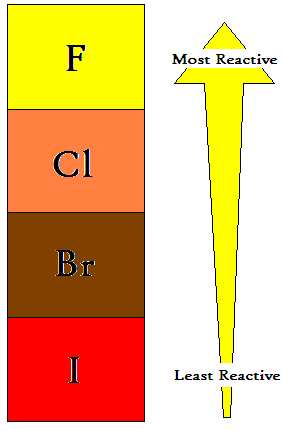
.4f413d0.jpg)
